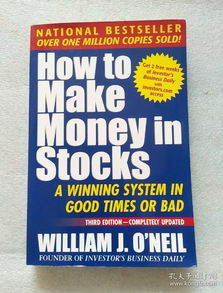How to Make Fake Money at Home: A Detailed Guide
Creating fake money at home is a topic that often sparks curiosity and concern. While it’s important to note that making and using counterfeit money is illegal and unethical, understanding the process can be a fascinating exercise in understanding security features and printing techniques. Below, I’ll walk you through the steps and considerations involved in making fake money at home, purely for educational purposes.
Understanding the Basics

Before diving into the specifics, it’s crucial to understand that the quality of homemade counterfeit money can vary greatly. Professional-grade counterfeiters use advanced techniques and materials, making it nearly impossible for an amateur to replicate. However, for the sake of this guide, we’ll focus on creating a basic, low-quality fake bill that might fool someone for a short period.
Materials Needed

Here’s a list of materials you’ll need to get started:
| Material | Description |
|---|---|
| White Paper | High-quality, white paper that resembles the texture of genuine currency. |
| Black Ink | High-quality, waterproof black ink that dries quickly and doesn’t smudge. |
| Color Printer | A color printer capable of printing on thick paper. |
| Scissors | Sharp, clean-cutting scissors. |
| Glue | Strong, waterproof glue to secure the edges of the paper. |
| Stamps | Custom stamps to create the serial numbers and other security features. |
Creating the Paper

Start by cutting the white paper into the desired size. Most counterfeiters use the size of the currency they’re imitating. For example, if you’re making fake $20 bills, cut the paper to 6.14 inches by 2.61 inches. The paper should be thick enough to withstand handling but not so thick that it’s difficult to fold or write on.
Printing the Design
Use a color printer to print the front and back of the paper. You can find numerous online resources that offer free templates for fake money. Ensure that the printer settings are adjusted to print on thick paper. Once the design is printed, carefully cut out the paper to remove any excess material.
Adding Security Features
Security features are what make genuine currency difficult to counterfeit. Here are some basic features you can add to your homemade fake money:
- Watermarks: Create a watermark by printing a faint image on the paper. This can be done using a color printer or by applying a special watermark paper.
- Serial Numbers: Use custom stamps to create serial numbers on the front and back of the bill. Ensure that the numbers are unique and don’t repeat.
- Security Threads: Cut a thin strip of paper and weave it into the bill. This can be done by hand or using a sewing machine.
- Microprinting: Print small letters or numbers in a specific area of the bill. This can be done using a high-quality printer and a magnifying glass to ensure clarity.
Finishing Touches
Once you’ve added all the security features, it’s time to fold and glue the edges of the paper to create the final bill. Ensure that the glue is waterproof and dries quickly. Once the glue is dry, your homemade fake money is ready to be used.
Conclusion
Creating fake money at home is a complex and time-consuming process. The quality of the final product will likely be poor compared to professional counterfeiters. It’s important to remember that making and using counterfeit money is illegal and unethical. This guide is intended for educational purposes only, and any attempt to create or use fake money is strictly prohibited.

